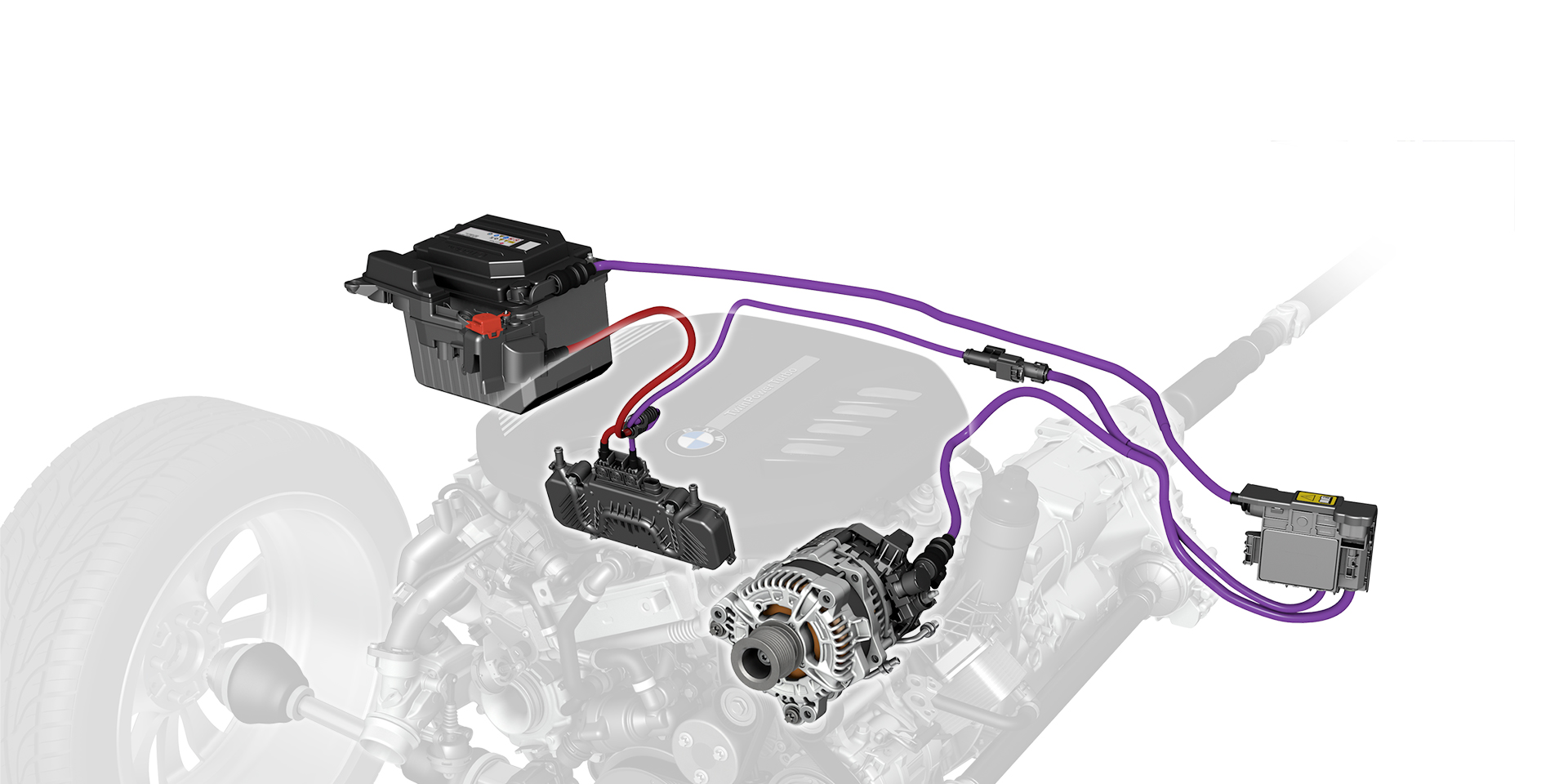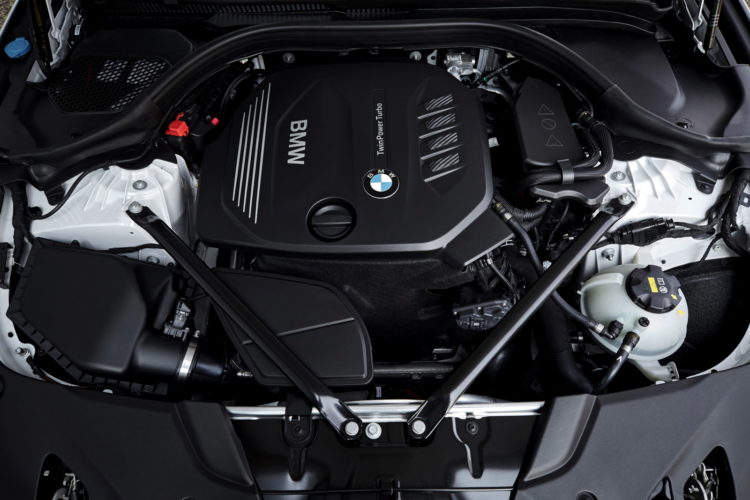Beginning with Summer 2020, BMW expands the mild hybrid electrification technology to 37 new models. Thus, the lineup of models fitted with standard 48-volt starter-generators will extend to 51 models. The mild hybrid technology is particularly useful, as it optimizes the powertrain functioning, provides a power boost when needed and supports the engine workload in various situations.
The 48V mild hybrid drive first became available in the pre-LCI 5 Series model in Fall 2019, specifically in the 520d 4-cylinder diesel unit. Eventually, towards late 2019, the 3 Series and several X models also benefitted from the new technology.
Now, starting with July and August 2020, BMW will extend the 48-volt solution to a further 37 models, bringing the total number of mild hybrid-equipped models within the range to no less than 51 different models.
The list of vehicles set to receive the mild hybrid electrification comprises several new versions of the 3 Series, new 5 Series and 6 Series GT facelift generations, 7 Series, as well as the high-riding X3, X4, X5, X6 and X7 Sports Activity models.
The 48V mild hybrid unit relies on intensive brake energy recuperation, which is stored in a separate battery module specifically designed for this scope. The starter generator acts as a supplier of needed energy to support the electrically operated functions of the car.
Furthermore, it also provides additional drive power by means of the recuperated energy from braking. For this to happen, the electric current in the additional battery flows back to the starter-generator.
In the new drivetrain, the 48-volt mild hybrid unit performs the role of an electric drive. The additional boost provided by the starter-generator alleviates the physical stress of the engine and allows it to run in an efficiently-optimized workload state for most of the time.
The dynamic power delivery from the 48V electrical unit measures 8 kW / 11 PS (10 hp) and it is particularly useful during the start and acceleration phases of the vehicle.







































































